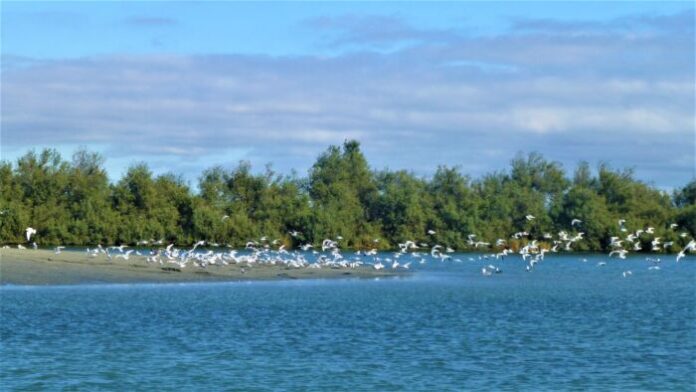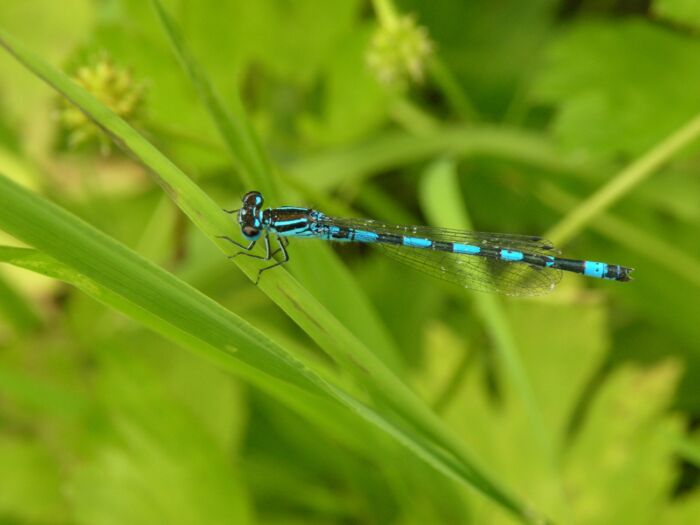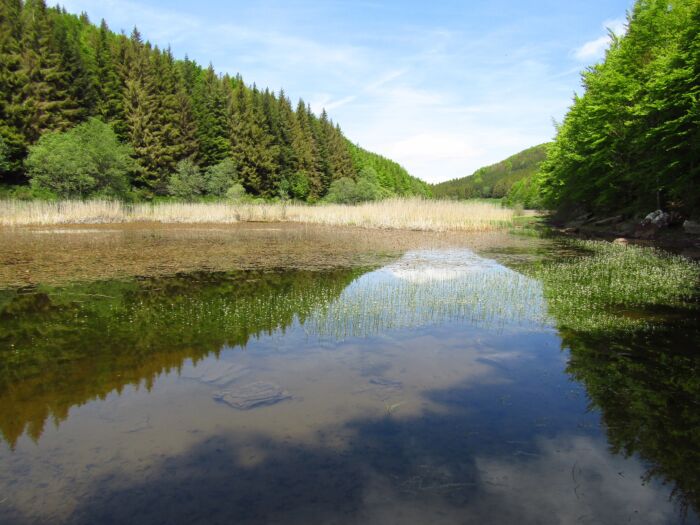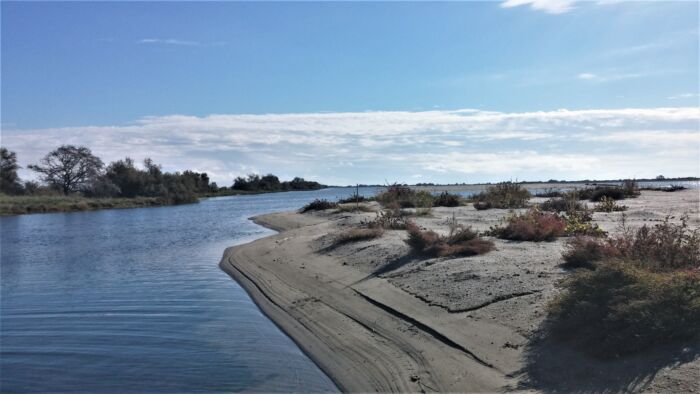
The United Nations decided to dedicate the decade 2021-2030 to the ‘restoration of ecosystems on every continent and every ocean’. Indeed, damaged ecosystems’ rehabilitation could actually play an essential role in the fight against poverty and climate change.
In this regard, in recent years, the movement for rewilding has been gaining ground, a progressive approach to the restoration of damaged ecosystems, allowing them to recover naturally and promoting an increase in their flora and fauna biodiversity.
“Techniques with low environmental impact based on the use of natural materials are the best as they tend to conciliate the safety of the territory with the conservation of naturalistic values,” explained the researcher Anna Di Noi in a report of the Higher Institute for Environmental Research (ISPRA).
Essentially, this approach would bring nature back to a state where it can take care of itself without human intervention, mostly. “Restoring an ecosystem is a natural dynamic process, but it is artificially triggered in a very complex and delicate way and can only be started after conducting in-depth studies and research on the original conditions of the ecosystem,” Di Noi highlighted.
Furthermore, the concept of rewilding is radical and interesting because it could be a powerful solution to mitigate climate change by helping to reduce carbon in the atmosphere. A study recently published in the scientific publication Nature showed how rewilding as little as 15% of deteriorated territories could remove from the atmosphere almost a third of all the excess carbon emitted since the beginning of the Industrial Revolution.

In Italy, there are already numerous projects aiming to restore damaged ecosystems. The Delta Institute is one of the most eminent in the field and boasts several successful projects, especially in the Po delta. “Specifically, we work on wetlands, as they contribute to numerous ecosystem services that humans also benefit from, sometimes even unconsciously,” said Dr Graziano Caramori, biologist of the institute, in an interview with SmartGreen Post.
Much emphasis is placed on the timing of these regenerative processes. An effective restoration shows its first effects already after a single vegetative season, while for more lasting results, approximately 2-3 years are expected. “Fundamental to any type of sustainable development is the renewal of resources. However, it is also fundamental that this renewal takes place in sensible times for human beings,” explained Caramori.

Furthermore, the intervention to restore an area to its initial conditions must always adopt a holistic approach. “The system works only when all its components work, even the less visible ones,” Caramori pointed out. “An example above all, invertebrates or small organisms that normally have less influence on public opinion, are no less important for this”.
Among the projects carried out by the Delta Institute on Italian territory, there is Life AGREE which involved the Sacca di Goro, a brackish lagoon of the Po’ river. Started in 2014 and showing results as early as 2015, the project has rebalanced the hydrodynamics and habitat of the lagoon, restoring not only the biodiversity of the area, but also having a major impact from an economic point of view in terms of production of clams in the area. “When you have a tangible effect like in this case, it is easier to spread and understand the benefits of rewilding,” commented Caramori.

It is therefore essential to understand that, at the basis of any degraded ecosystem’s restoration, there is a profound interconnection between multiple levels. Hence, the United Nations initiative to dedicate this decade to the restoration of ecosystems. Investing in rewilding processes, in fact, would not only bring environmental and visible benefits, but would also play an essential role in improving the quality of life and mitigating climate change.



































